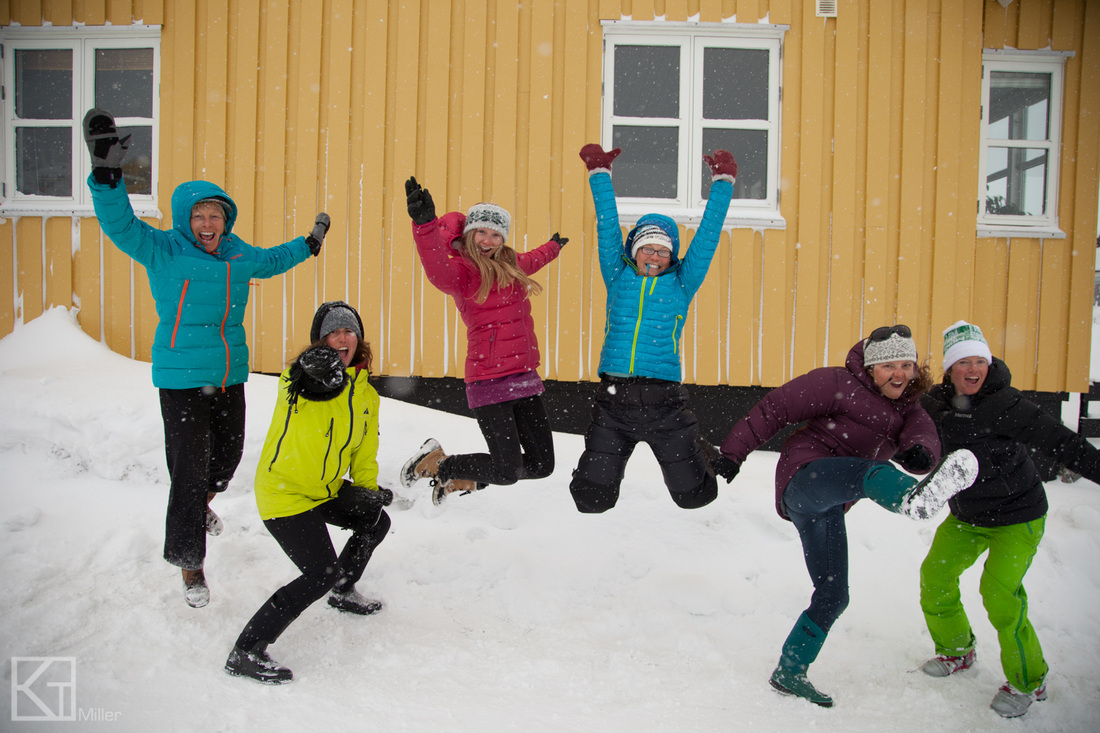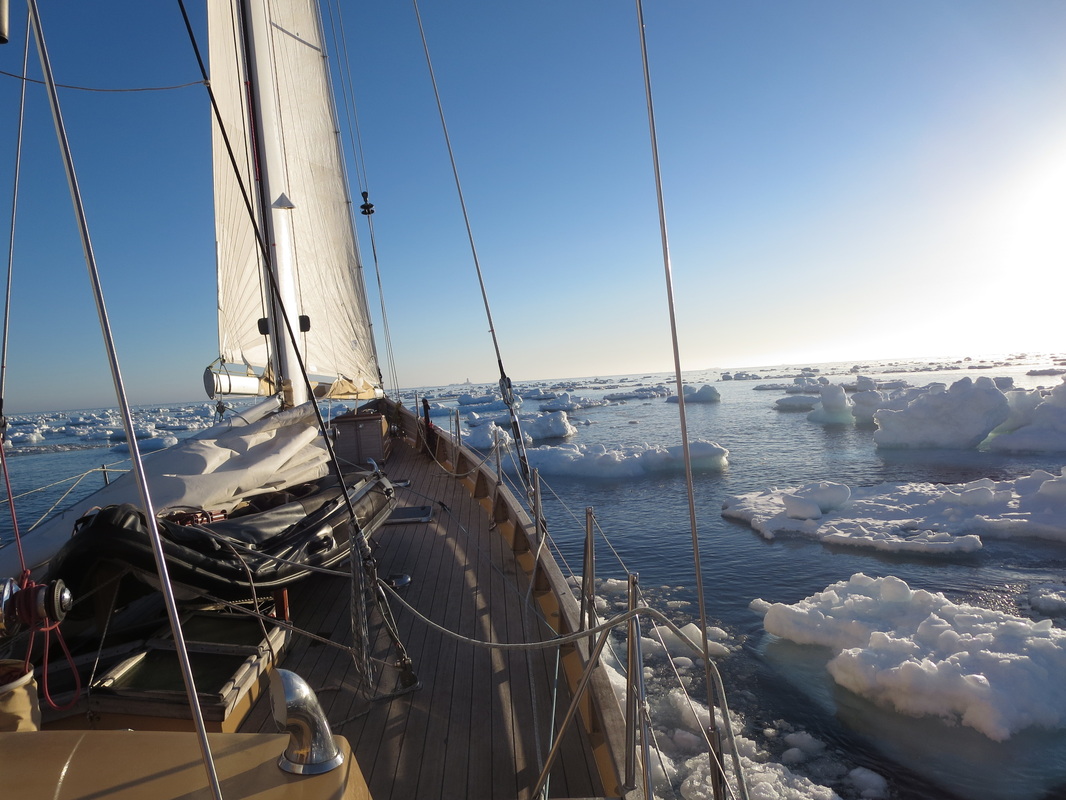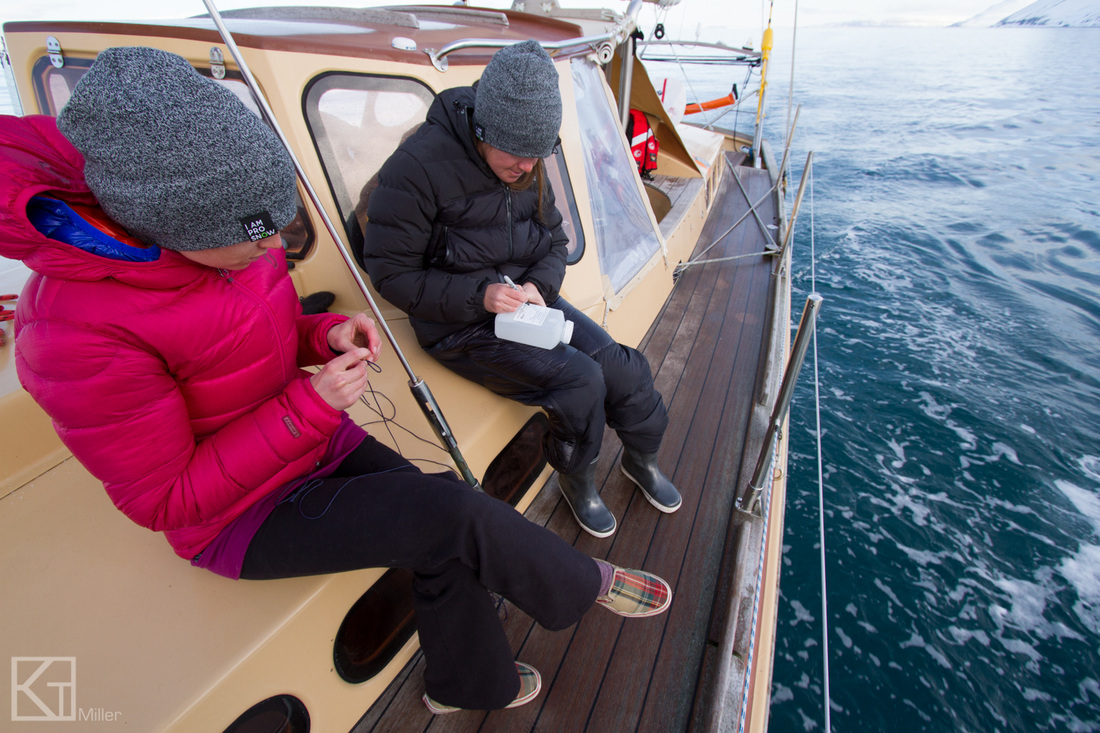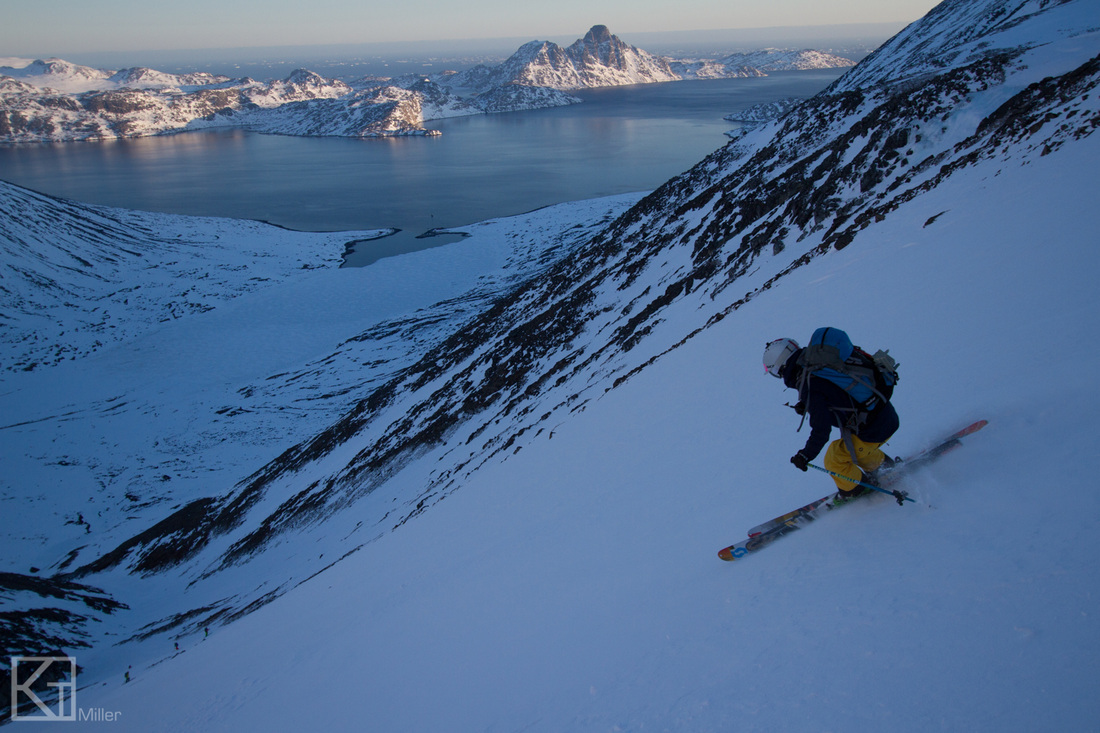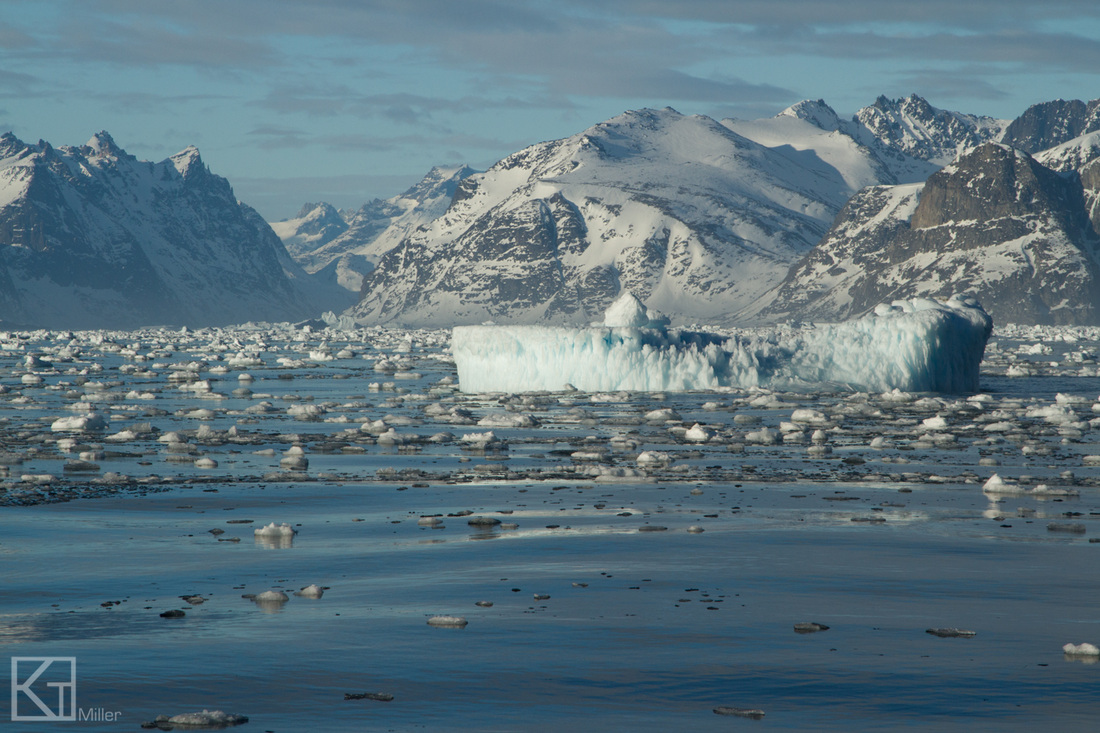… to fill a liter bottle with ocean water from the middle of the Denmark Strait?
Six. One to steer the sailboat in the correct direction. One to tack the sails, while navigating an icy deck. Two to fish ocean water into a bottle using cordelette and a MacGyvered weighting system. One to take temperatures and comment on how cold it is outside. And, finally, one to document the process while laughing at the slightly dysfunctional, yet incredible crew that makes up the Shifting Ice and Changing Tides Expedition.
Armed with latex gloves, thermometers, sample bottles, and a GPS, we set out to make our contribution to the world of conservation research.
We were “chipping off sea ice in Greenlandic fjords with an ice axe at sunset after bagging a first descent,” as Nat Segal described it.
Toxins like DDT, BPA, pesticides and other really-bad-for-you materials adhere to these microplastic particles, which are then ingested by marine animals. And we all know how the food chain works: After ingesting these ocean dwellers, it isn’t long before these toxins are swimming around in the blood streams of humans and animals worldwide.
During our expedition, we chose to take water samples from three locations: one at our departure point in Ísafjörður, Iceland; another in the middle of the Denmark Strait; and one on the southwest coast of Greenland. While fishing for ocean water off of the side of the sailboat, our team pondered the likelihood of finding a microplastic-free water sample. I mean, we were in one of the world’s most remote and uninhabited locations.
It didn’t happen. Our three water samples had an average of 10 pieces of microplastics per liter sample, with 15% blue, 5% red, 18% transparent/white, and 6% black and other colors.
Gross.
As adventurers with a passion for the environment, the ladies of the Shifting Ice and Changing Tides expedition are grateful for the opportunity ASC provided by connecting us with the three scientific research projects.

